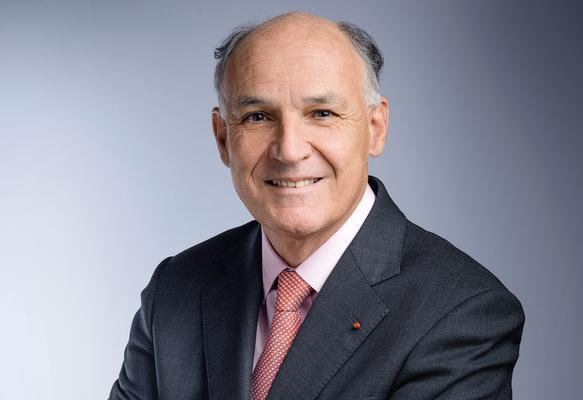Pierre-André de Chalendar, Chairman of Saint-Gobain Group, and author of The Urban Challenge, Reviving the Desire to Live in the City (Odile Jacob) discusses getting it done
For a long moment in 2020, and possibly the first time in history, most of humankind was asked to stay inside their homes. Avenues emptied of their vehicles, and daily traffic jams in most cities around the world vanished. A silence prevailed. Wild animals even ventured out on the streets, and above our heads, the sky slowly cleared out of its pollution.
The scenes were unreal and shared on social media. They were fortunately temporary, of course. Humans need social interactions, and the urban population—750 million people in 1950 and 4 billion nowadays—should grow to 6.5 billion by 2050. Two-thirds of the world’s population are expected to live in a city within 30 years.
Cities are undoubtedly our post-pandemic greatest challenge. Small or large, they contribute to almost 70% of greenhouse gas emissions; small or large, they directly impact our quality of life. There cannot be real solutions against climate change without transforming our urban centers, yet—and this is the good news—transforming our cities is a unique opportunity to make them desirable again.
To improve cities and enhance well-being for all, we need to rethink our need for mobility, our choice of buildings and revive the simple desire to live in a city.
Mobility is the most visible challenge, and traffic jams and subway rides in overcrowded trains are a costly waste of time. However, if the need for cars is often determined by the distance between the workplace and home, the pandemic has revealed many alternatives to long and polluting commutes. One of them consists of creating homes nearby companies’ headquarters and offices; another consists of implementing one or two days of remote working per week; the Franco-Colombian scientist academic Carlos Moreno—who developed the concept of the 15-minute city—even suggests the creation of near-working spaces for people, places located walking distances from their homes.
Homes, workspaces, and buildings, in general, need a new approach to comfort and energetic use. Worldwide, buildings represent 40% of energy consumption to light, heat, and cool them and more than 30% of gas emissions. However, we know how to solve this negative equation: renovate to isolate the buildings envelop and reducing to zero their energetic consumption and build with a drastically reduced carbon footprint. Technologies, materials, and solutions exist to create a circular economy in cities, recycle 100% of waste, and renovate or build buildings that consume less energy. Technically, we can do it. However, the success of decreasing our need for mobility and transforming our buildings implies the commitment of all: national and local governments, organizations, architects, urban designers, corporations, and people. The latter will ultimately be the ones benefiting from a renewed approach to cities.
We do not need to destroy and rebuild cities. Instead, we need to adapt our culture and architecture to these urgent challenges. It is an ultimate win-win outcome: while we can lower the impact of cities on climate change, we can also increase our urban quality of life. Each town is different, but every city aims to create its own identity, humanity, social cohesion, and inclusion. What if we could access schools, stores, entertainment, administrations, work, restaurants, and hospitals within a short walk from home? What if a nearby coffee would morph into a place for a group to discuss topics or play games at some point during the day? What if a hotel could also be a place for locals to work and meet remotely? What if we were bringing more nature, vegetation, gardens into our cities and habitats? What if we were just improving the air quality in our streets? What if we were making our cities agreeable again and we were proud to protect our ecological environment?
As we emerge from the crisis, it is the right time to rethink, repair, and improve the city in a more respectful manner of people and the environment, combat climate change, improve comfort, health, and solidarity, and ensure that people live well together.
